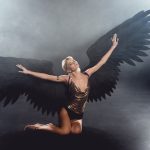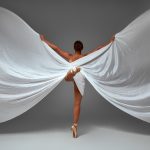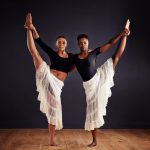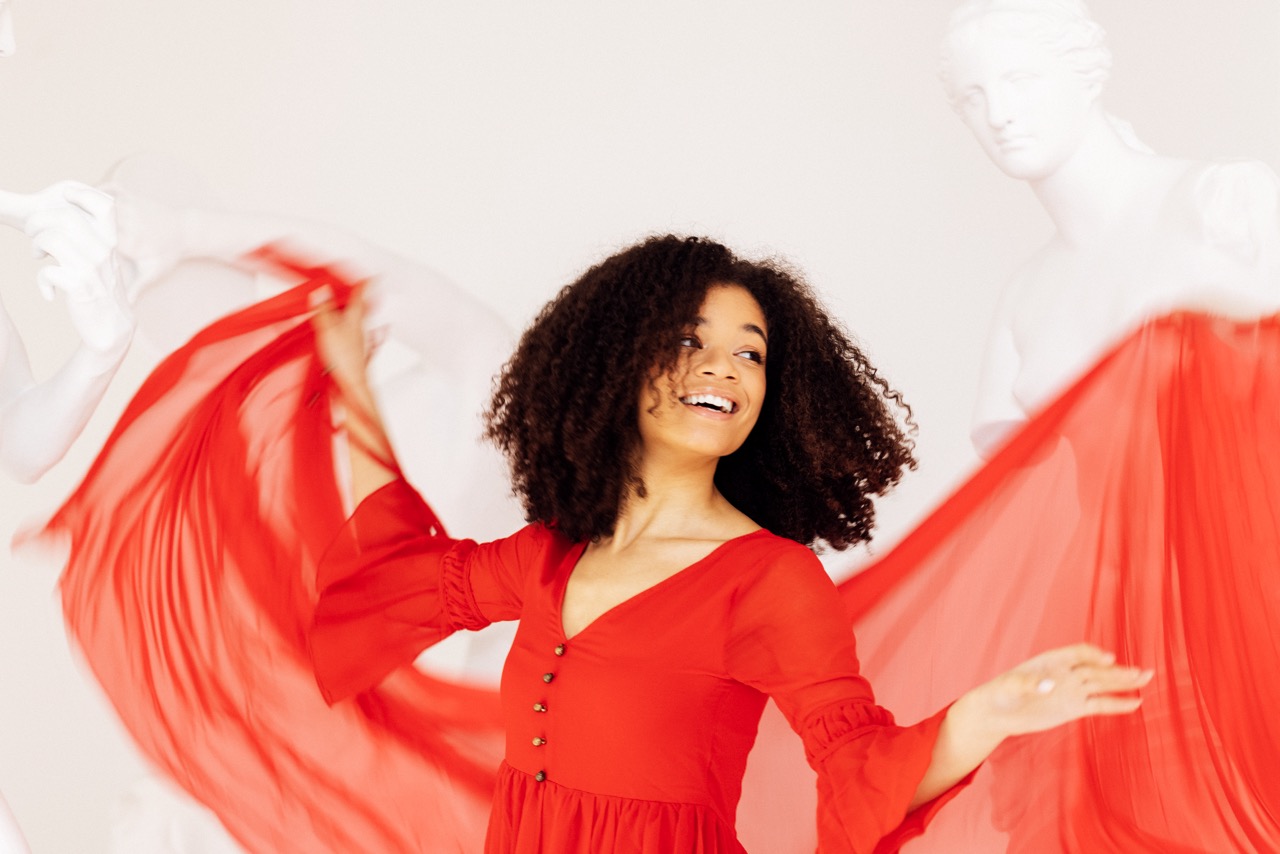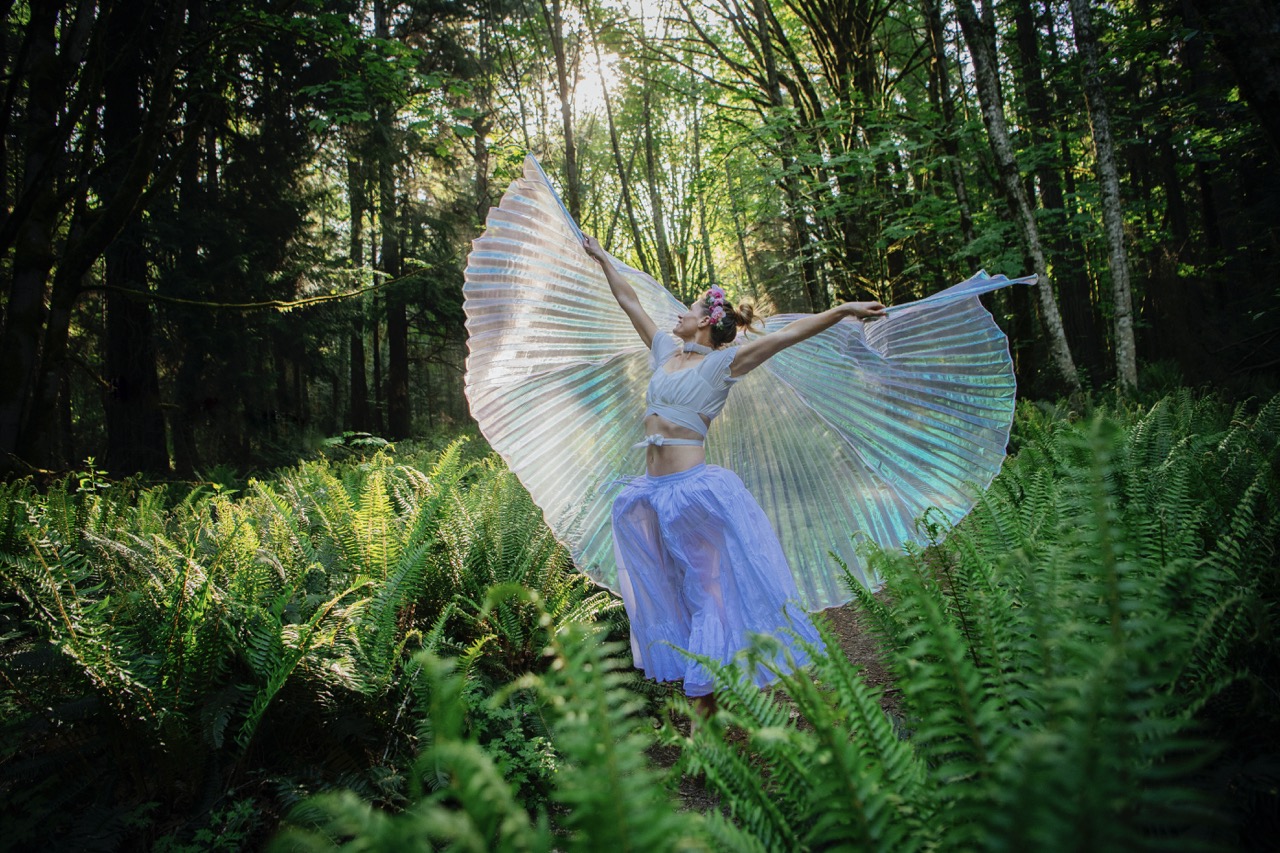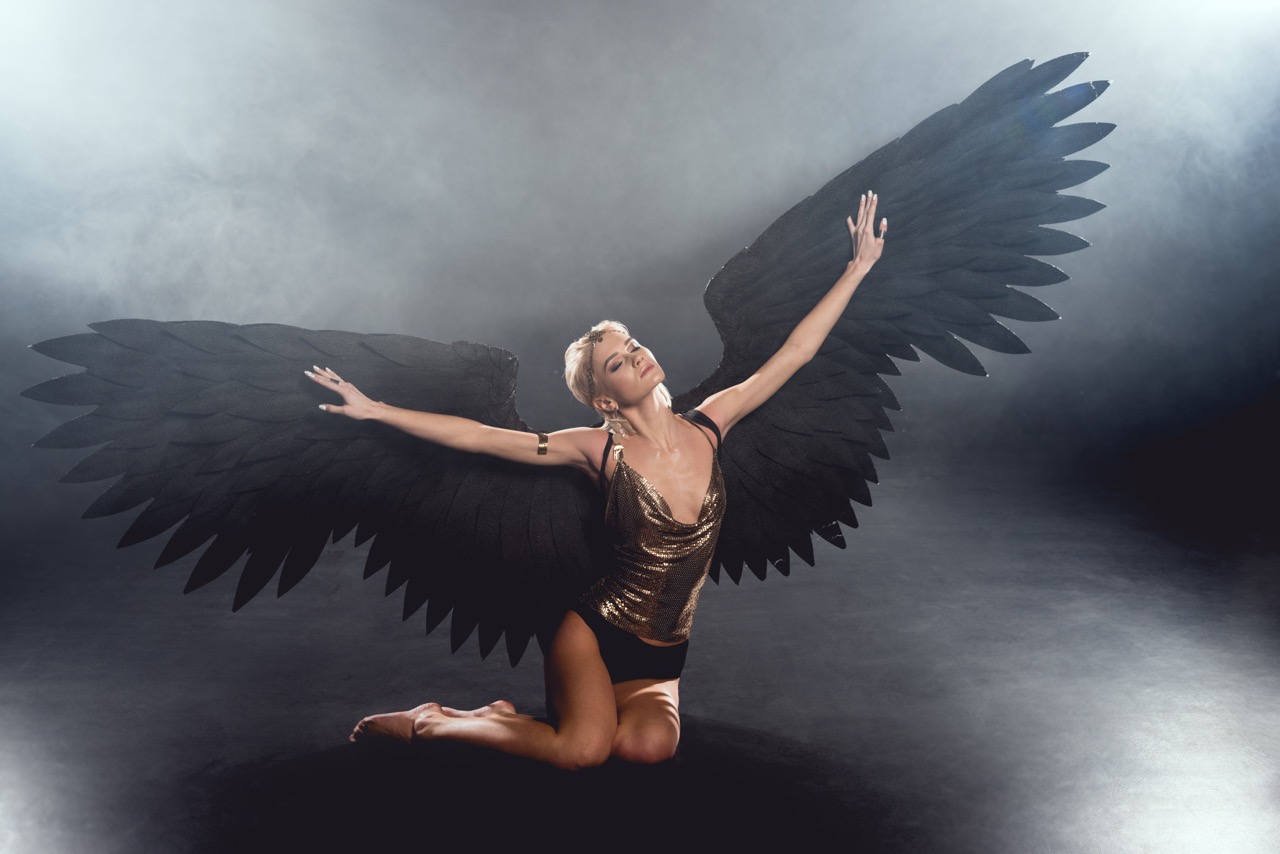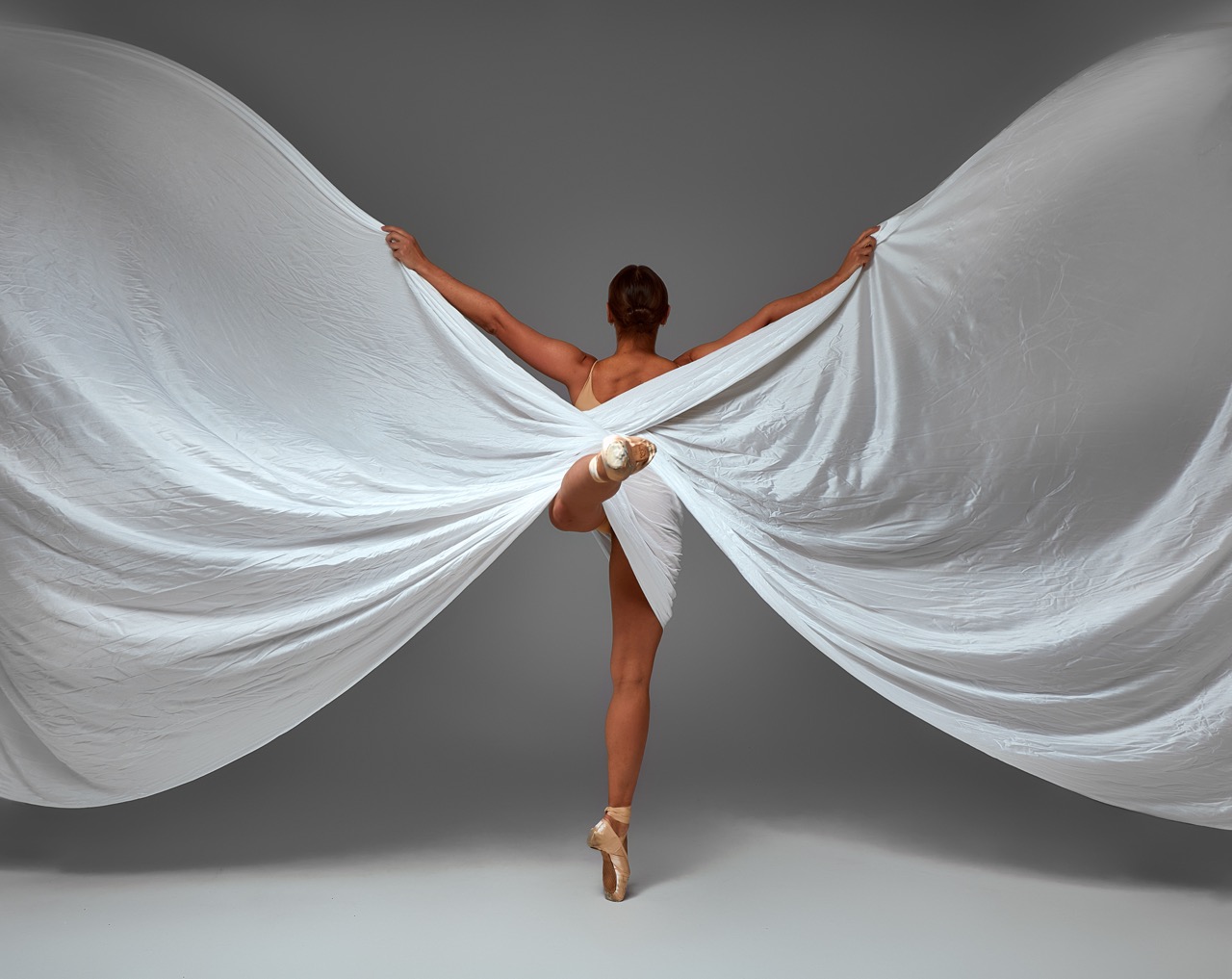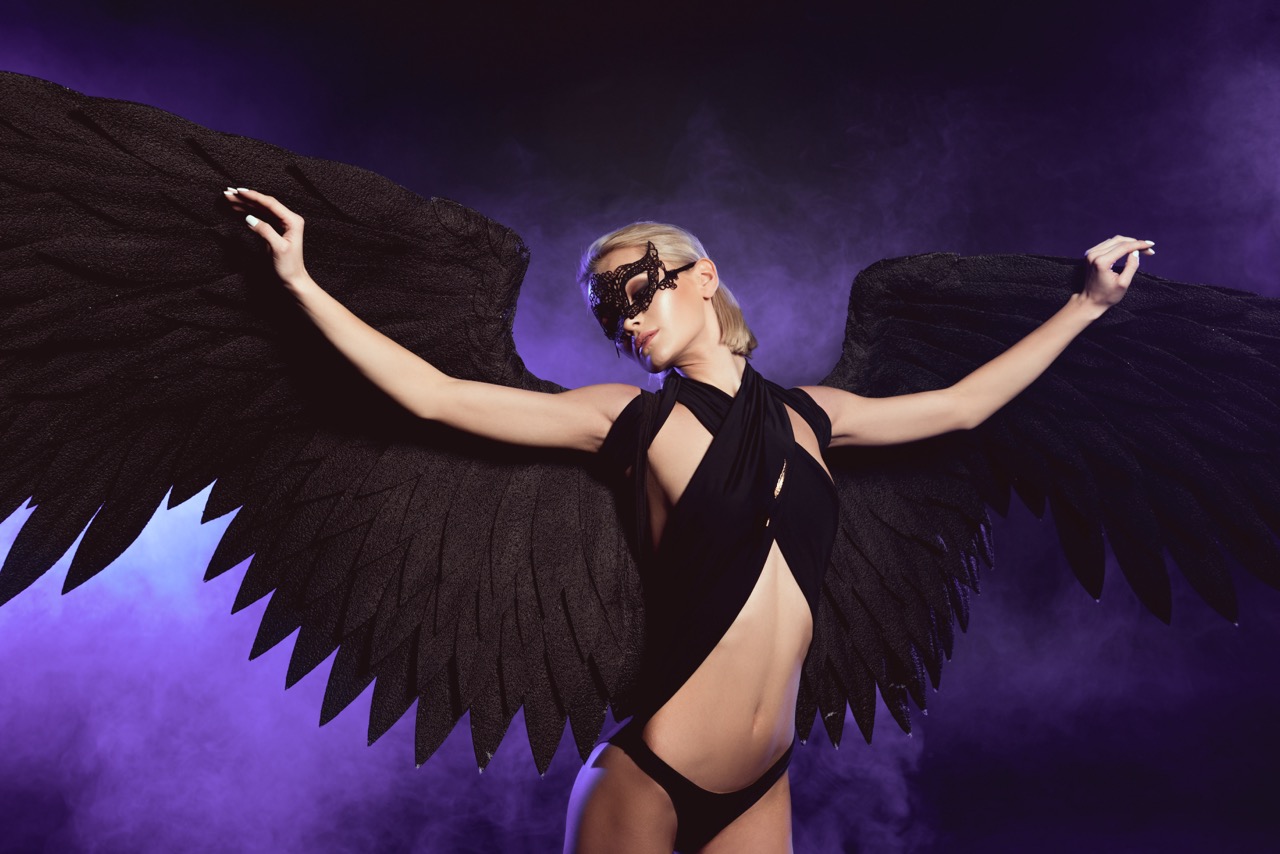In contemporary performance art, the fusion of traditional elements with modern sensibilities has led to innovative expressions that captivate audiences. One such striking addition is the use of feathered wings, which evoke notions of freedom, transformation, and ethereality. This article explores how to effectively incorporate feathered wings into contemporary performances, from the initial design phase to choreographed movement, culminating in the lasting impact on spectators.
Embracing the Ethereal: The Art of Feathered Wings
Feathered wings have long been a symbol of transcendence, commonly associated with angels, mythological beings, and otherworldly creatures. In contemporary performance, they serve as a powerful narrative device, enhancing the thematic depth of a piece. When artists embrace the ethereal quality of wings, they invite the audience to engage with concepts of liberation and the quest for identity, transcending the mundane and reaching for the extraordinary.
The versatility of feathered wings allows performers to convey a variety of emotions. From the delicate flutter of a timid bird to the bold, sweeping motions of a majestic eagle, wings can reflect the inner worlds of characters. This adaptability means that artists can tailor their use of wings to suit the mood of their performance, creating a visual language that resonates with the audience on multiple levels.
Moreover, incorporating feathered wings into a performance can create a transformative experience for both the performer and the viewer. The act of donning wings can serve as a physical and psychological metamorphosis, allowing performers to explore new dimensions of their artistry. This shift can inspire both artists and audiences to question their perceptions of reality and embrace the fantastical elements of life.
Designing Dynamic Wings: Materials and Aesthetic Choices
The design of feathered wings is crucial in achieving the desired aesthetic and thematic goals of a performance. Choosing the right materials—whether natural feathers, synthetic alternatives, or even fabric mimicking feathers—can significantly impact the visual and physical experience of the wings. Natural feathers bring an organic quality, while synthetic options can offer durability and unique colors or patterns that align with the performance’s visual narrative.
The size and shape of the wings also play an important role in their effectiveness. Oversized wings can create a dramatic visual impact, evoking a sense of grandeur and awe. Alternatively, smaller, more delicately crafted wings can evoke intimacy and vulnerability. Designers should consider the overall theme of the performance when determining the scale and shape of the wings, ensuring that they harmonize with the other elements of the production.
Aesthetic choices extend beyond material and size; color and texture are equally important. Color can evoke specific emotions, with warm tones suggesting passion and energy, while cooler hues can convey calmness or melancholy. Textures can add depth and intrigue, inviting the audience to engage their senses. Balancing these elements thoughtfully will result in wings that not only enhance the performance visually but also deepen the audience’s emotional connection to the narrative.
Movement Matters: Choreographing with Feathered Wings
Choreographing movements that incorporate feathered wings is an art in itself. The wings should complement the performer’s physicality, enhancing rather than hindering their movements. Effective choreography involves understanding how the wings will move in relation to the performer’s body, allowing for fluidity and grace. This consideration is vital to ensuring that the wings become an extension of the performer rather than a cumbersome accessory.
To achieve captivating choreography, performers should experiment with various movement styles that leverage the wings’ capabilities. Slow, fluid movements can create a sense of elegance, while sharp, sudden gestures can evoke drama and tension. Incorporating elements of dance, theater, and even aerial arts can yield innovative combinations that engage and surprise the audience, making each performance unique.
Rehearsing with the wings is essential to master the intricacies of movement. Performers must practice not only the choreography but also how to adapt to the wings’ weight and dimensions. This rehearsal process will help build confidence and ensure that the performance feels seamless. Ultimately, the goal is for the wings to become a natural part of the performer’s expression, enhancing the storytelling and emotional resonance of the piece.
Captivating Audiences: The Impact of Winged Performances
Winged performances often leave a lasting impression on audiences, provoking wonder and evoking emotional responses that linger long after the curtain falls. The visual spectacle of feathered wings can captivate attention, drawing viewers into the narrative and immersing them in the world the performer creates. This dramatic element can elevate a performance from merely entertaining to profoundly moving.
The symbolism attached to wings—freedom, aspiration, and transformation—can resonate deeply with audiences, prompting them to reflect on their own experiences and desires. As performers take flight, metaphorically and literally, they invite viewers to explore themes of liberation and personal growth. This connection fosters an emotional bond, transforming spectators into active participants in the artistic journey.
Moreover, the unique combination of visual aesthetics, movement, and symbolism inherent in winged performances can set a contemporary piece apart from traditional forms. This differentiation allows artists to carve out their own niche in the performance landscape, attracting diverse audiences eager to experience innovative interpretations of age-old themes. As a result, incorporating feathered wings can become a catalyst for conversations around art, identity, and the human experience.
Incorporating feathered wings into contemporary performances offers a captivating avenue for artistic expression. Through thoughtful design, intricate choreography, and an understanding of their symbolic power, artists can create memorable experiences that resonate deeply with audiences. As we continue to explore the potential of feathered wings, we must embrace their ethereal charm, pushing the boundaries of performance art and inviting viewers to soar alongside us on this transformative journey.

